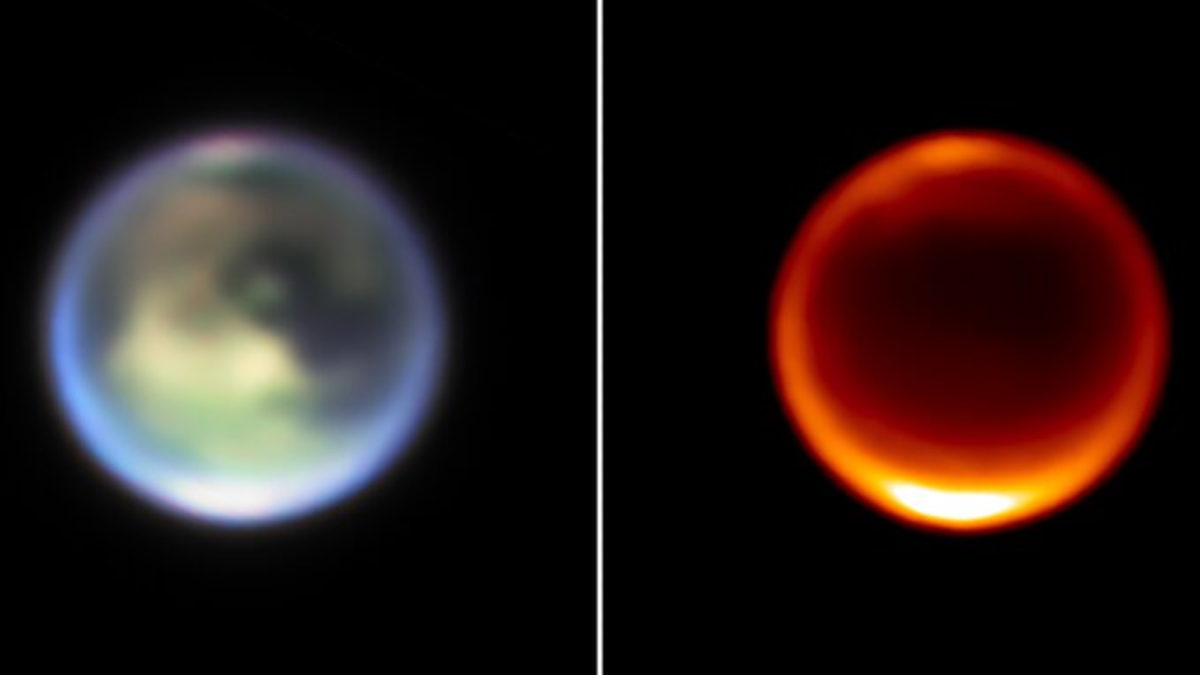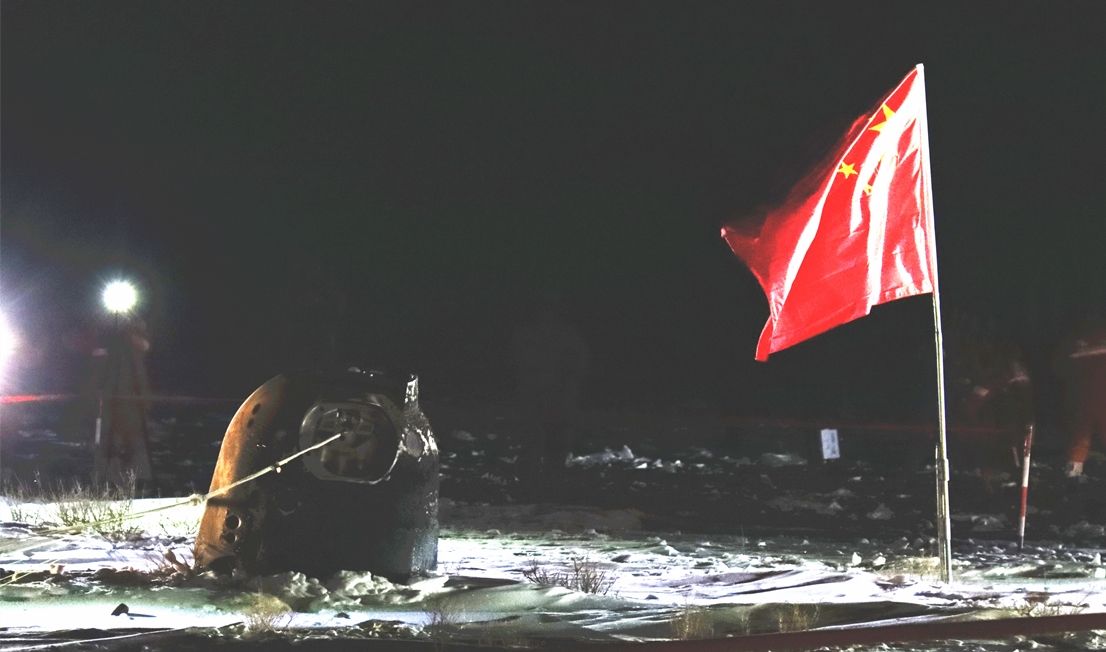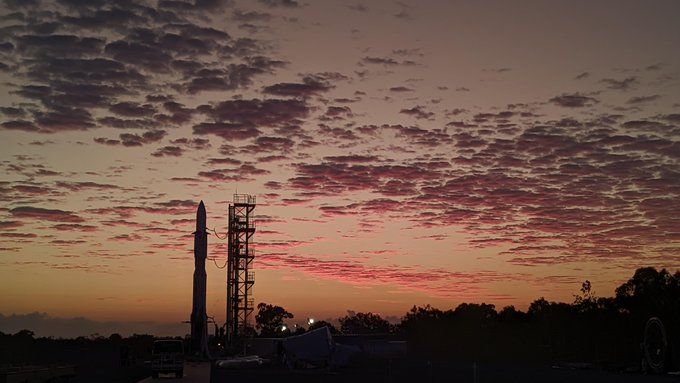ARTICLE AD BOX
 Varda Space Industries' W-3 capsule. Credit: Varda Space Industries
Varda Space Industries' W-3 capsule. Credit: Varda Space Industries
WASHINGTON —Varda Space Industries said it successfully landed its W-3 reentry capsule in South Australia on May 13, marking the completion of its third mission.
W-3 focused on gathering data for military hypersonic research.
The California-based space manufacturing startup said the capsule, carrying an inertial measurement unit (IMU) developed for the U.S. Air Force by Innovative Scientific Solutions Incorporated (ISSI), touched down at the Koonibba Test Range operated by Southern Launch.
According to company officials, the capsule reentered Earth’s atmosphere at speeds exceeding Mach 25 – more than 25 times the speed of sound.
“This extreme environment offers researchers valuable data to enhance hypersonic navigation, expand orbital economy applications, and support U.S. national security objectives in low Earth orbit,” said Dave McFarland, Varda’s vice president of hypersonic and reentry test.
Technology and applications
IMUs serve as electronic sensing devices that measure acceleration and rotation, providing critical navigational information for aircraft, spacecraft, missiles, and drones — particularly in environments where GPS signals are unavailable or compromised.
The data collected from these reentry missions provides insights that would be difficult to replicate in ground-based testing facilities.
The W-3 pacecraft was launched on March 14 from Vandenberg Space Force Base in California. The capsule was built with a Rocket Lab Pioneer satellite bus.
This marks the second Varda capsule to land at the Koonibba Test Range, following the company’s previous W-2 mission that landed on February 28. That earlier mission carried a specialized sensor payload from the Air Force Research Laboratory designed to record spectral measurements of plasma environments during reentry.
Varda’s inaugural mission, W-1, marked the first commercial reentry on U.S. soil when it landed in Utah in 2024.
The company has indicated plans to increase mission frequency and promote what it describes as a “low-cost approach to iterative hypersonic science and technology experimentation.”
“The W-3 mission will provide unprecedented data to advance next-generation space and defense capabilities and continue to provide hypersonic environments to the reentry test community,” McFarland said.
Sandra Erwin writes about military space programs, policy, technology and the industry that supports this sector. She has covered the military, the Pentagon, Congress and the defense industry for nearly two decades as editor of NDIA’s National Defense... More by Sandra Erwin

 5 hours ago
1
5 hours ago
1









 English (US) ·
English (US) ·